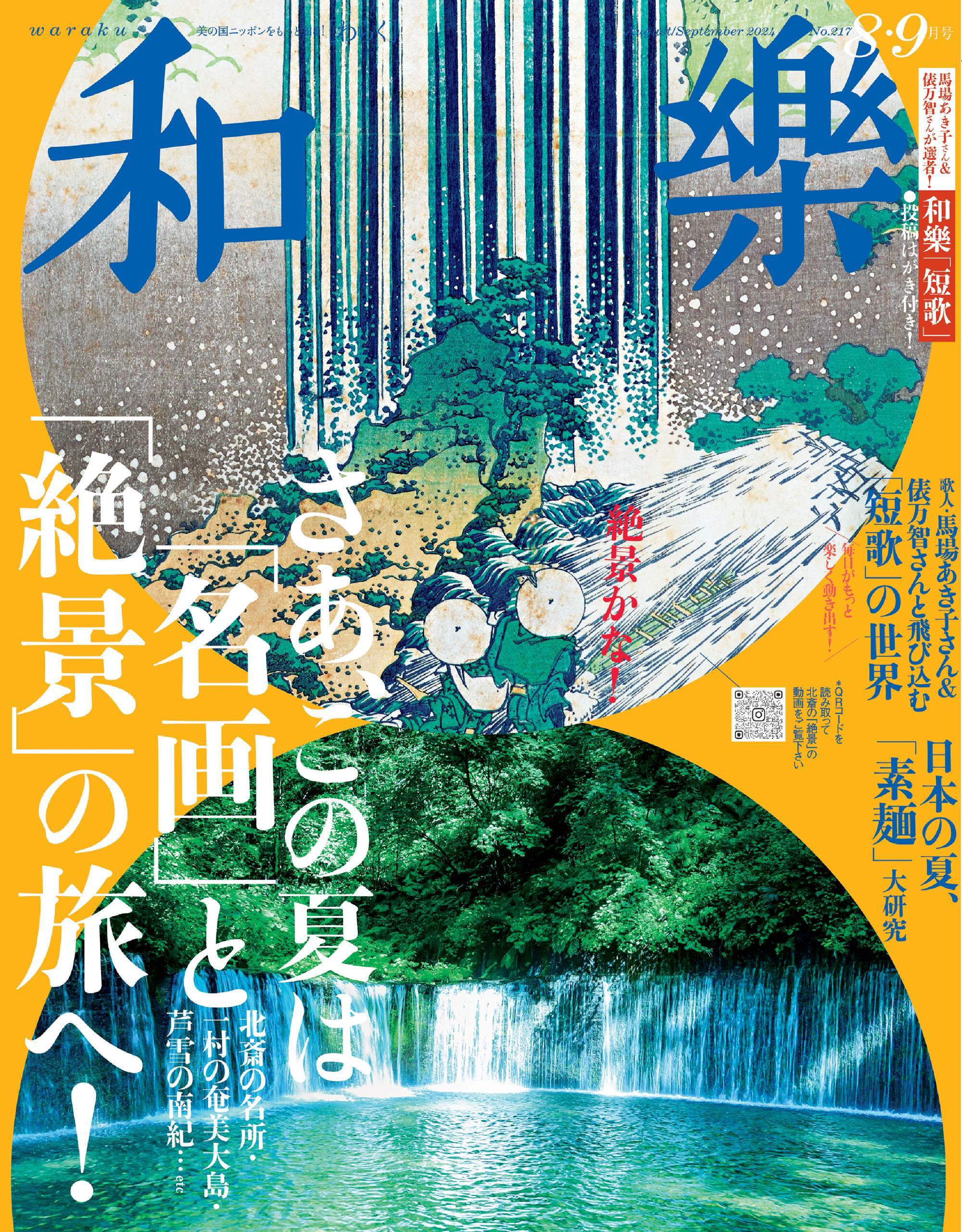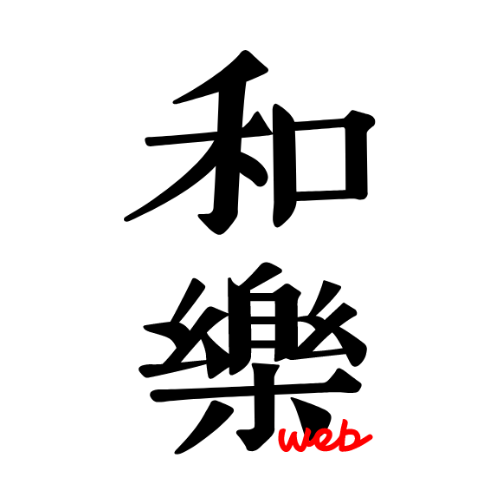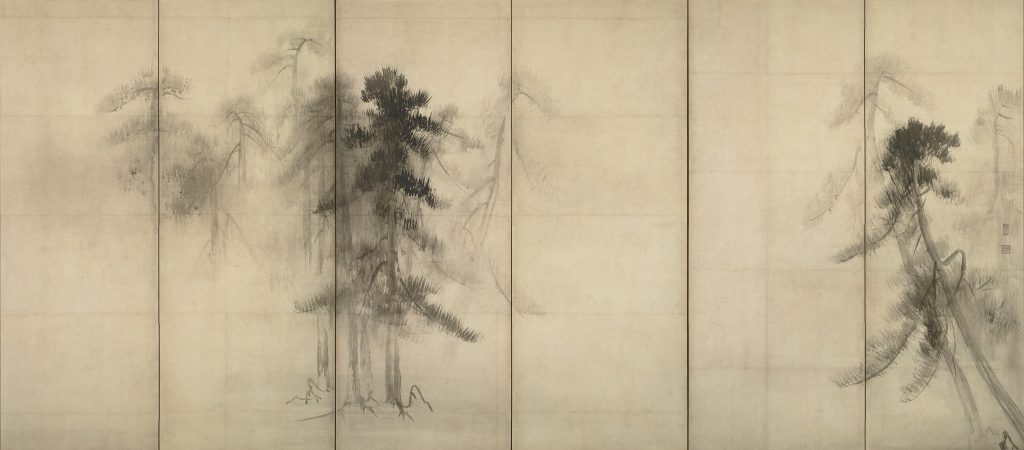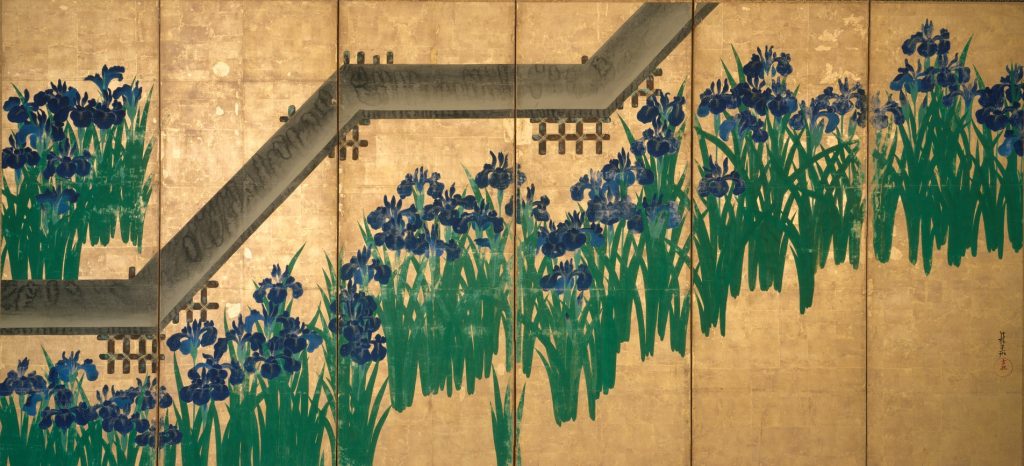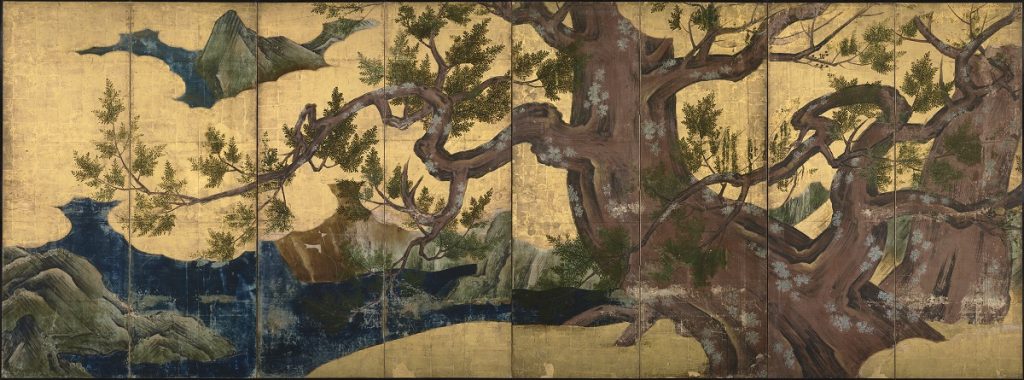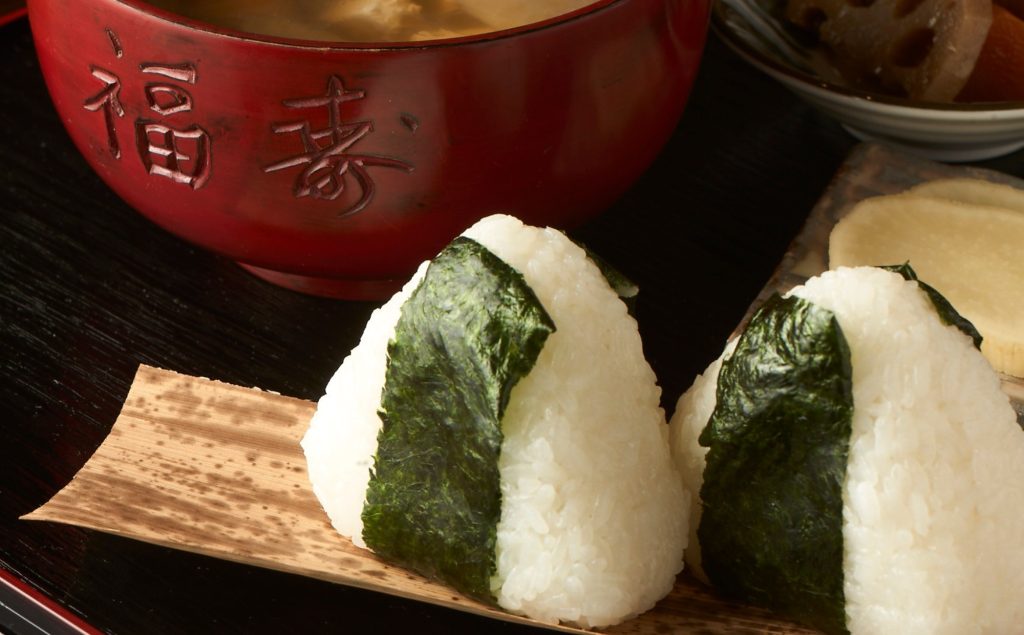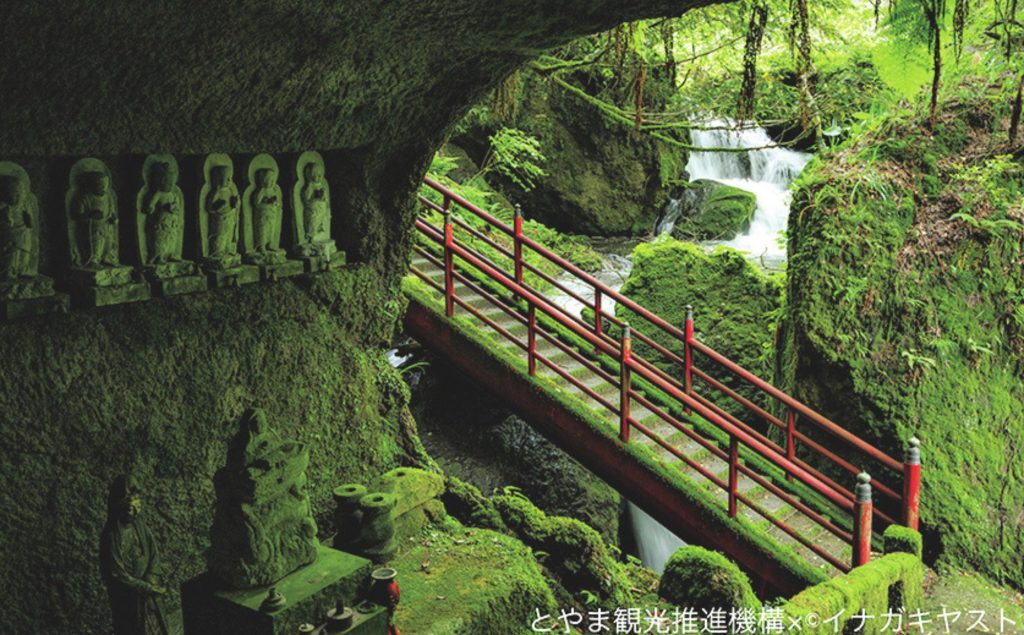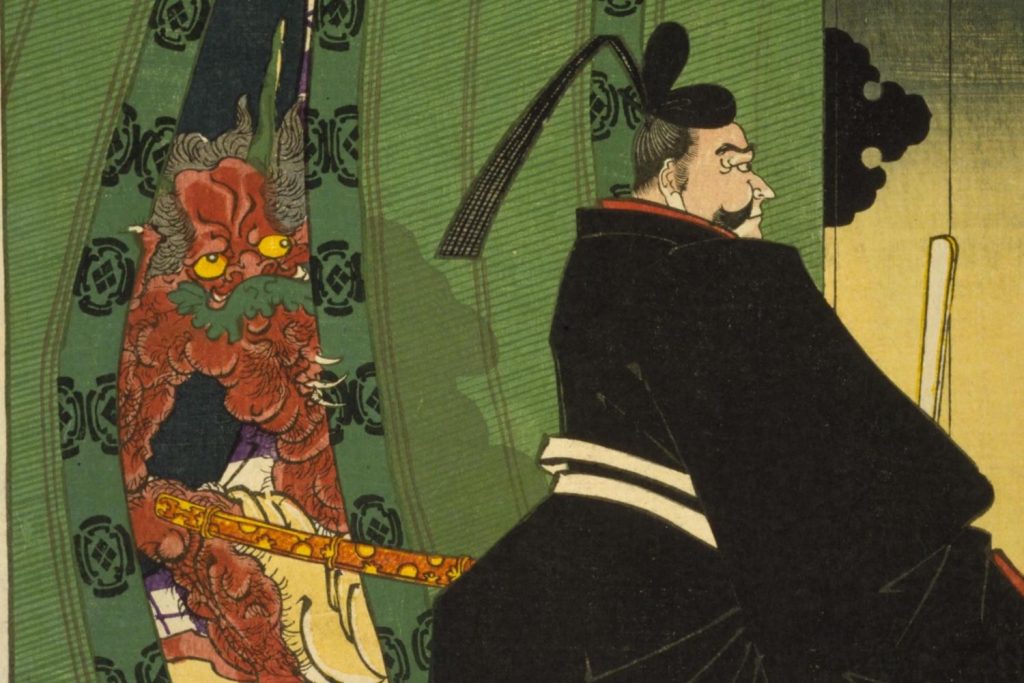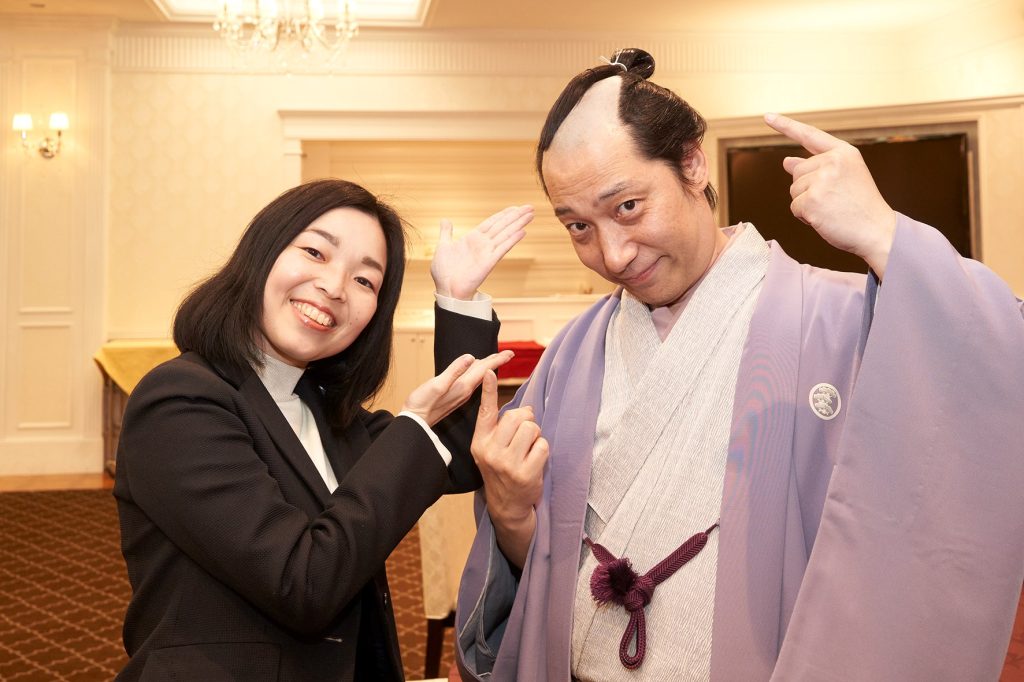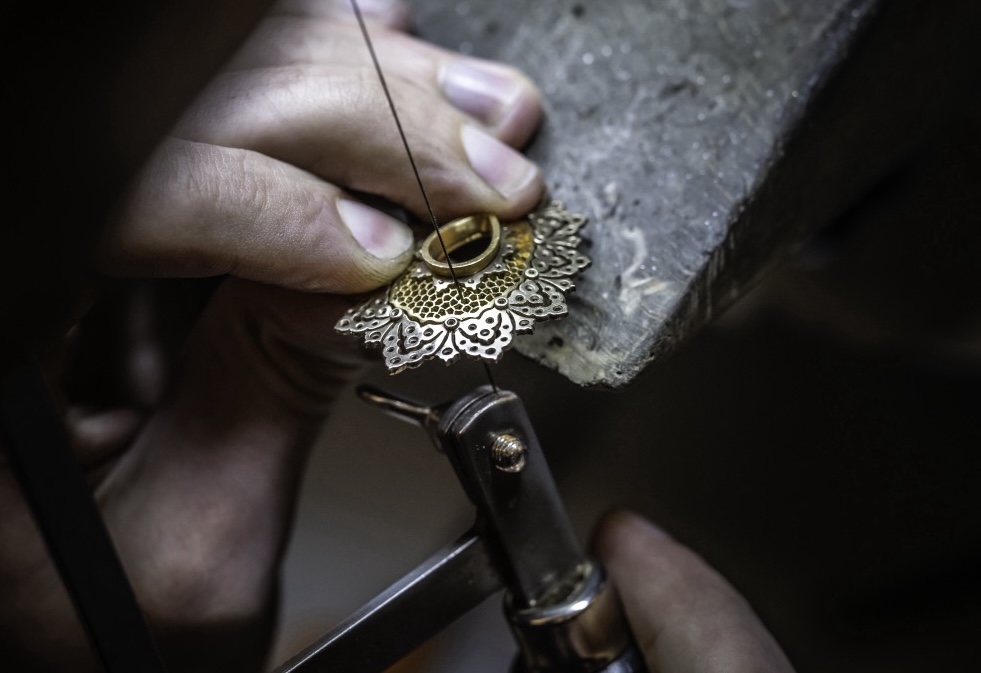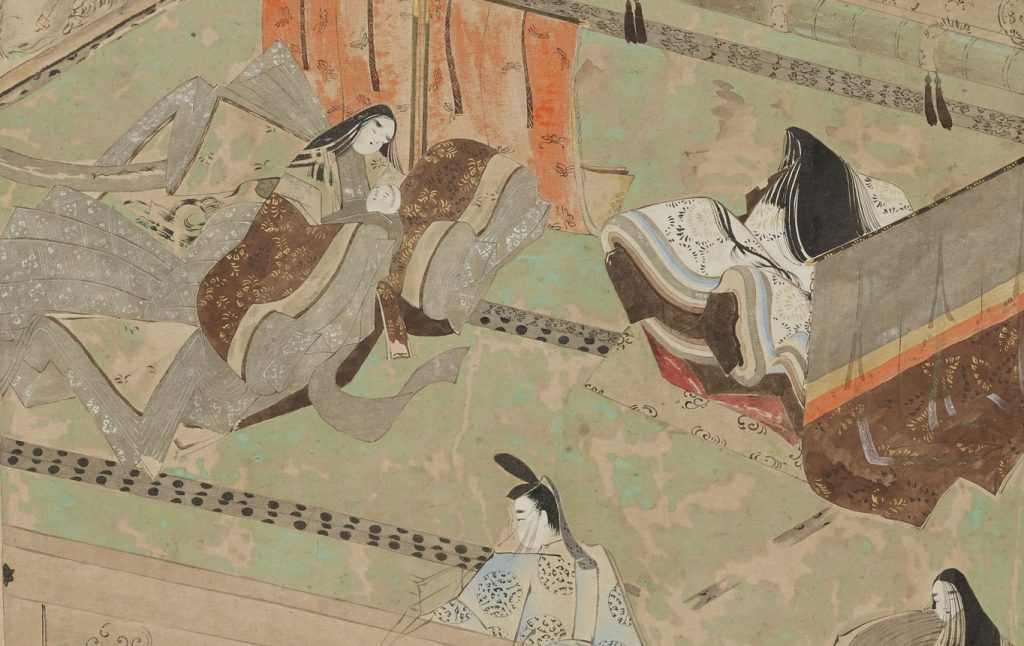What is ‘Karesansui (枯山水)’? Introducing the history, famous representative gardens and types of stones used in this style of Japanese garden.
What does ‘Karesansui’ mean?
A garden composed mainly of Ishigumi (arrangement of stones) without water, such as a river or pond, is called ‘Karesansui’. It is one of the oldest forms of garden types.
A garden that connects the this world to the afterlife
Karesansui is deeply related to the afterlife. For example, Saihoji (西芳寺) and Ryoanji (龍安寺), both of which are famous gardens representing karesansui, have ancient burial mounds in the mountains behind them, and tombstones from these burial mounds are used for the stone arrangements.
The gardener Muso Soseki (夢窓疎石) also tried to create a “Shumisen (須弥山) world,” a Buddhist cosmic image, by using the mountains to create a two-tiered upper and lower garden that resembles a heaven.
The garden was not only to be viewed as an object of admiration, but also as a place where people could meditate in zazen meditation and practice the teaching, “If you imagine a pure afterlife, you can go to the Pure Land of Ultimate Bliss”.
History of Karesansui
The origin goes back to the ancient belief in megaliths
The origin of the shrine can be traced back to the ancient belief in megaliths. Behind old shrines, there are megaliths called ‘iwakura (磐座)’, which are believed to be the dwelling place of gods, and this was the origin of shrines and gardens. According to the ‘Sakuteiki (作庭記)’, a medieval text on garden design, since it was impossible to move megalithic stones such as the Iwakura or the stone chamber of an ancient burial mound, it is said that they were used to create gardens.
The Kamakura period and landscaping of the zen temple
Until the Heian period, only a small amount of Ishigumi were built in the corners of the gardens of aristocratic families, but when Zen (禅) Buddhism was introduced to Japan in the Kamakura period, full-scale Ishigumi were built in the gardens of Zen temples to express their religious views. From the Kamakura period to the Muromachi period, water was expressed with stones and sand without using water, but during the Muromachi period, the style developed into a garden style centering on ponds and fountains.
The two famous karesansui gardeners
Introducing two of the most brilliant legends in the history of Japanese art.
Muso Soseki (夢窓疎石)
1275-. He was a monk of the Rinzai sect active from the end of the Kamakura period to the early Muromachi period. He travelled throughout Japan from Iwate in the north to Kochi in the south to practice asceticism. He found his Zen spirituality in gardens and created many famous gardens such as Saihoji, Tenryuji (天龍寺), and Eihoji (永保寺).
Kobori Enshu (小堀遠州)
1579-. He was a multi-talented tea master, architect, and gardener who lived from the Azuchi-Momoyama period to the early Edo period. He was also a feudal lord, the first lord of the Omi Komuro (近江小室) domain as well as the provincial magistrate of the Bitchu Matsuyama (備中松山) domain. He created many famous, richly decorative gardens called ‘Kirei-sabi’, such as Nijo-jo (二条城), Raikyuji (頼久寺), and Konchiin (金地院).
Typical Karesansui Ishigumi types
At first glance, Karesansui may seem difficult to understand, but once you learn about the intentions of the Ishigumi, buildings, and other elements that make up the garden, you will find it no less interesting.
First, let us introduce some of the typical types of Ishigumi that make up Karesansui.
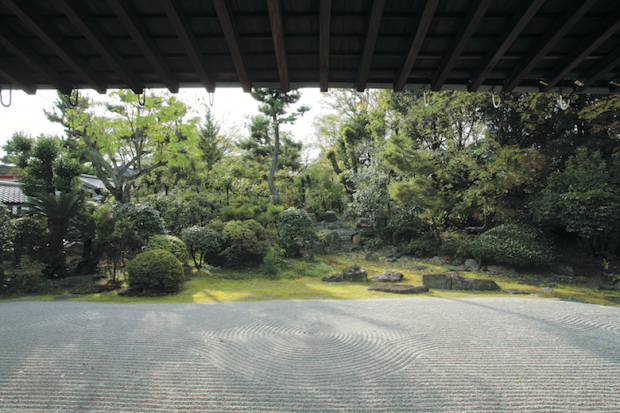
1.Shumisen (須弥山)
Shumisen appears in the Buddhist world as a mountain that rises at the center of the world. It is called the stone that represents it. Shumisen is a sacred mountain where Buddha is said to reside, and is regarded as an important Buddhist symbol.
2.Sanzonzeki(三尊石)
In the ‘Sakuteiki’, the bible of karesansui, there is a description entitled, “Isi wo tateru ni Sanzon-butsu no isi (Stand a stone, a stone of the three buddhas)”. This is an instruction to place stones in the garden that resemble three Buddhas to protect the garden. This stone is called ‘sanzon-seki’.
3.Tsukiyama(築山)
A mountain created by utilizing nature or artificially creating a mound with earth and stones. This name came into use in the Edo period, and was established when gardens were classified as tsukiyama (築山:artificial hill), hiraniwa (平庭:flat garden), or roji (露地:open space).
4.Jyurokurakan-seki(十六羅漢石)
Like the stones introduced so far, Jyurokurakan-seki are religious in nature and can be found in late medieval and later-style karesansui. These stones represent ‘Jyurokurakan’, the sixteen disciples of the Buddha who attained enlightenment.
Other components of Karesansui
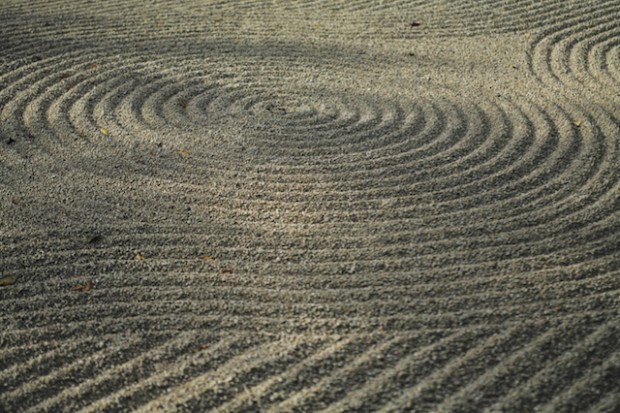
1.Koke (苔)
One of the plants essential to karesansui is moss. There are many kinds of mosses, and it is said that there are more than 2,000 kinds in Japan alone. The main mosses used in karesansui are Osugi Moss, Kosugi Moss, and Hinoki Moss. Their colors change slightly depending on the season and environment.
2.Hojo (方丈)
Hojo is the central building where the abbot of a Zen temple resides. The south side of the hojo was originally a white sand garden for Buddhist ceremonies, but when the temple ceremony was revised in 1619 and the garden was no longer used for ceremonies, it was planted and Ishigumi was added, making it the centerpiece of the karesansui style.
3.Hori (堀)
Hori is like a picture frame in a painting and greatly affects the visual effect. Most karesansui are built low, with a tsukiji wall made of tiles or kokera over a solid wall of beaten clay. This has the effect of making the garden stand out.
4.Shirasuna(白砂)
Shirasuna laid in the flat garden is decorated with sand patterns expressing water currents. The harmony of the various patterns, stones, and plants plays an important role in the appreciation of karesansui. The process of studying Samon is similar to Zen Buddhism practice, and is often done early in the morning by the priests themselves.
5.Shakkei(借景)
The term ‘Shakkei’ refers to the combination of a garden and a distant mountain or other landscape that blends into the natural surroundings. The stone garden at Ryoanji, famous for its karesansui style, was also created with the intention of a shakkei of Iwashimizu Hachimangu (石清水八幡宮), but now trees are growing beyond the moat, making it impossible to enjoy this. In fact, there is a modern reason for this. Even if one were to seek out this shakkei, as seen in the past, the university campus would be visible, ruining the view. Nowadays, the trees beyond the moat serve as a blindfold.
Famous Karesansui in Kyoto
Saihoji: Japan’s first karesansui garden
Saihoji is rebuilt as a Zen temple by Muso Soseki, and features a two-tiered garden. It is said to be the first Karesansui in Japan, and later the Kinkakuji () and Ginkakuji () is modeled after this garden configuration. It is also called ‘Koke-dera’ because of the beauty of the naturally occurring moss.
Address: 56, Matsuo Kamigayacho, Nishikyo-ku, Kyoto, 615-8286, Japan(map)
Nanzenji: Hojo Garden also known as ‘Tora no Kowatashi’
In 1291, the temple is converted from the Rikyu (利休) of Emperor Kameyama into a temple. The abbot, who was also the brain behind the Tokugawa Shogunate, commissioned Kobori Enshu (小堀遠州) to create the garden, which makes good use of perspective to make the Hojo space appear larger. The Hojo garden is also called ‘Tora no Kowatashi’ because of the use of stones and sand patterns to represent a parent and tiger cub crossing a river.
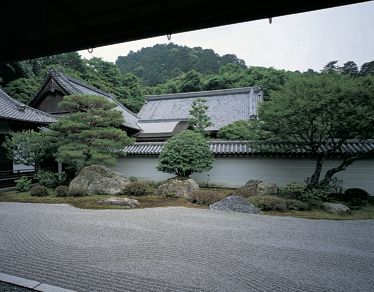
Address: Nanzenji Fukuchi-cho, Sakyo-ku, Kyoto, 606-8435, Japan(map)
Nishi Hongwanji: Garden with Western influence
This is the head temple of the Honganji (本願寺) sect of the Jodo Shinshu (浄土真宗) sect, with its rows of buildings that convey the Momoyama culture. Its garden is characterized by the fact that the sycamore tree, with its European design, was planted for the first time in a Buddhist temple. The sycamore is believed to have been a strain from the Katsura Rikyu (桂離宮).
Address: Horikawa-dori Hanaya-cho-sagaru, Shimogyo-ku, Kyoto, 600-8501, Japan (map)
Daitokuji: Picturesque flowing garden
The main temple of the Daitokuji (大徳寺) School of Rinzai Zen Buddhism, built in 1325. The main hall is known as one of the oldest Zen monk’s hojo buildings. The garden is picturesque in its depiction of water from the Kare-Taki waterfall passing under a stone bridge and flowing away into a large river that widens as the speed of the water slows. Some say that Soami (相阿弥) created this garden.
Address: 53 Daitokuji-cho, Shino, Kita-ku, Kyoto, 603-8231, Japan(map)
Myorenji: Garden featuring Jyurokurakan
The temple is the head temple of the Honmon Hokke school of Buddhism and was founded in 1295 by Nissyo Shonin (日像上人). The stone garden, which depicts a giant stone called ‘Nehan-ishi (涅槃石)’ surrounded by 16 other stones, was designed by Gyokyuen (玉淵), a Buddhist monk who also created the Katsura Rikyu (桂離宮). The design, similar to that of the Katsura Rikyu, is also a highlight of the garden.
Address: 875 Teranouchi-dori Omiya-higashiiru, Myorenji-mae-cho, Kamigyo-ku, Kyoto, 602-8418, Japan(map)
Reference: ‘Waraku’ magazine, May 2004 issue (supervised by Miyamoto Kenji
*Photographs are re-edited from past ‘Waraku web’ articles.
This article is translated from https://intojapanwaraku.com/rock/culture-rock/10210/




